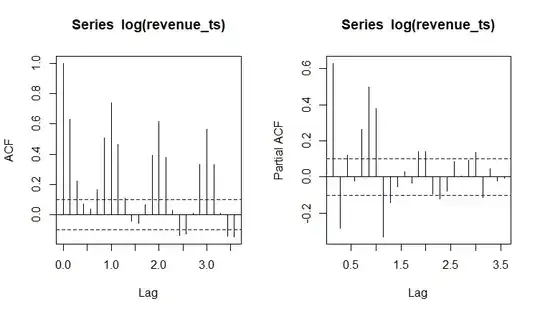β′xi+ (ρσ)(ϕ(α′zi))/(Φ(α′zi)) ............How this has come, especially the numerator part (ρσ)(ϕ(α′zi)? Could you explain in a simple and lucid way? Also, if you could provide proof step by step with proper explanation.
Asked
Active
Viewed 132 times
0
-
The inverse Mills Ratio is a property of a univariate distribution. What distribution do you have in mind and what do you mean by $\rho,$ $\sigma,$ and "correlation coefficient"? Presumably you have a regression setting in mind, as described at https://en.wikipedia.org/wiki/Mills_ratio#Inverse_Mills_ratio, but it's important to be clear and explicit about what you are asking. – whuber Dec 17 '20 at 16:36
-
Re the new question: you can find out more accounts of these kinds of calculations by [searching our site for conditional normal truncat* answers:1](https://stats.stackexchange.com/search?q=conditional+normal+truncat*+answers%3A1). – whuber Dec 18 '20 at 13:13
